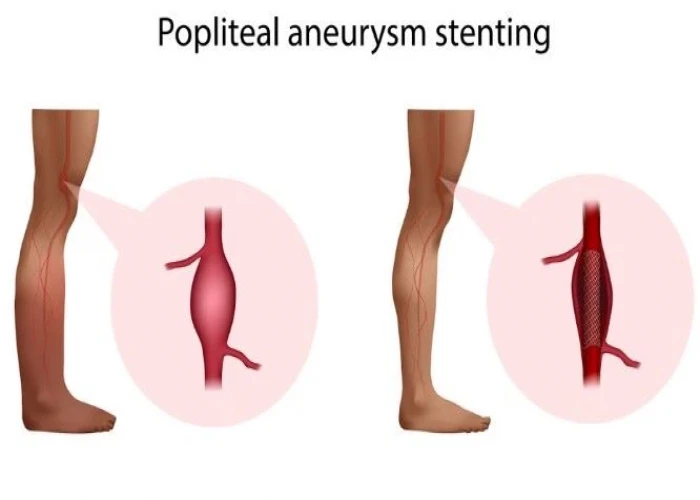 Welcome
Welcome
“May all be happy, may all be healed, may all be at peace and may no one ever suffer."
Popliteal artery aneurysm

A popliteal artery aneurysm is a bulging or ballooning of the popliteal artery, which is located behind the knee. It is a relatively uncommon condition, but it can be serious if left untreated.
The exact cause of popliteal artery aneurysm is not known, but it is believed to be related to a weakening or damage of the artery wall. Factors that may increase the risk of developing a popliteal artery aneurysm include smoking, high blood pressure, and atherosclerosis (a buildup of plaque in the arteries).
Symptoms of popliteal artery aneurysm may include a pulsating mass behind the knee, pain or tenderness in the affected leg, numbness or tingling in the foot, and reduced blood flow to the lower leg and foot.
Diagnosis of popliteal artery aneurysm typically involves a physical exam, imaging tests such as ultrasound, CT or MRI, and sometimes angiography to evaluate the extent of the aneurysm.
Treatment for popliteal artery aneurysm may include observation, medication, or surgery depending on the size and location of the aneurysm, as well as the presence of any symptoms. Surgery may involve either open repair or endovascular repair, which uses a stent graft to reinforce the weakened artery wall.
If a popliteal artery aneurysm is suspected, it is important to seek medical attention promptly to prevent potential complications, such as rupture or blood clot formation, which can be life-threatening.
Research Papers
Disease Signs and Symptoms
- Knee pain
- Leg pain
- Swollen knee
- High blood pressure (hypertension)
- Joint pain
- Increas by smoking
- Heart valve problems
Disease Causes
Popliteal artery aneurysm
An aneurysm is a ballooning in a weak spot in an artery wall. Many different things can cause the popliteal artery wall to become weak, including:
- Clogged arteries (atherosclerosis)
- High blood pressure
- Wear and tear of the popliteal artery due to repetitive use of the knee joint
- Weakening of the artery wall
Disease Prevents
Popliteal artery aneurysm
Smoking and high blood pressure (hypertension) increase the risk of blood vessel (vascular) problems that can lead to popliteal artery and other aneurysms. Following a heart-healthy lifestyle — such as not smoking, eating a nutritious diet and getting regular exercise — can help prevent heart disease and blood vessel damage.
Disease Treatments
Treatment of popliteal artery aneurysm depends on the size of the aneurysm, the symptoms, and a person's age and overall health.
Treatment may include:
- Watchful waiting. This means you'll have frequent checkups and ultrasound tests to monitor the aneurysm, particularly if the aneurysm is small.
- Medications. Aspirin or another blood thinner (anticoagulant) is usually prescribed for people with popliteal artery aneurysm. Anticoagulants may need to be given by IV. Blood pressure and cholesterol medications also may be recommended to manage heart disease signs and symptoms.
- Surgery. Open surgery to repair the damaged artery is generally recommended for any sized popiteal artery aneurysm that's causing symptoms or for any popliteal artery aneurysm that's 0.8 inches (2 centimeters) or larger. Sometimes, a less invasive procedure (endovascular repair) may be done to place a stent inside the popliteal artery to hold it open.
Disease Diagnoses
Disease Allopathic Generics
Disease Ayurvedic Generics
Disease Homeopathic Generics
Disease yoga
Popliteal artery aneurysm and Learn More about Diseases
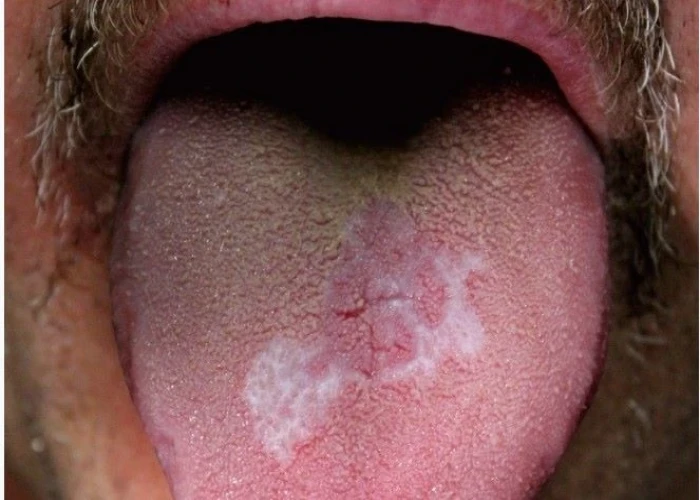
Oral lichen planus

Alcohol poisoning
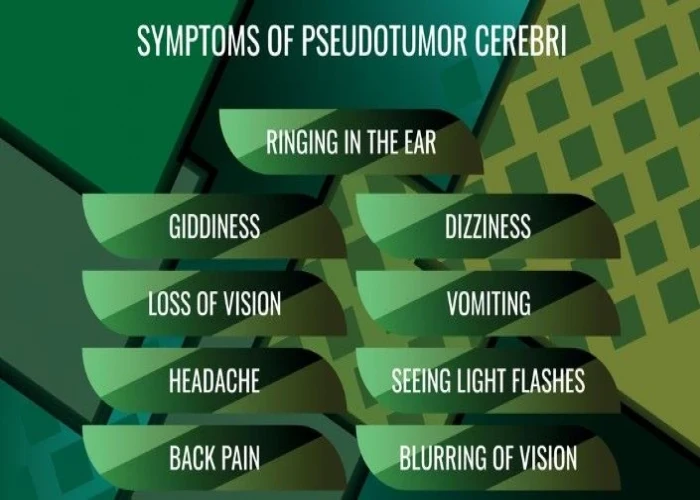
Pseudotumor cerebri (idiopathic intracranial hypertension)
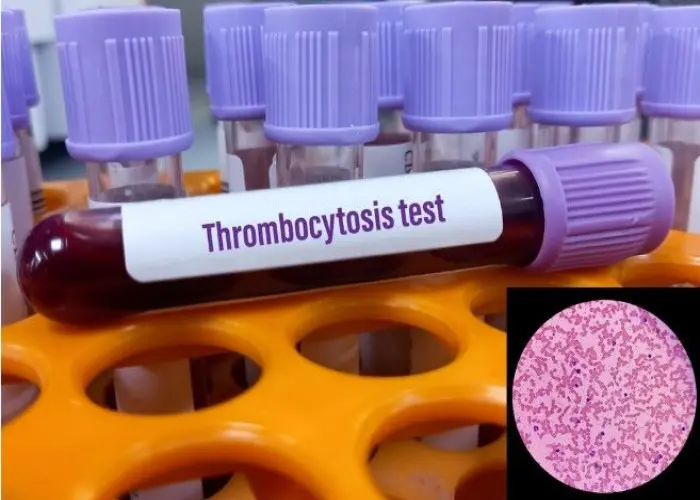
Essential thrombocythemia
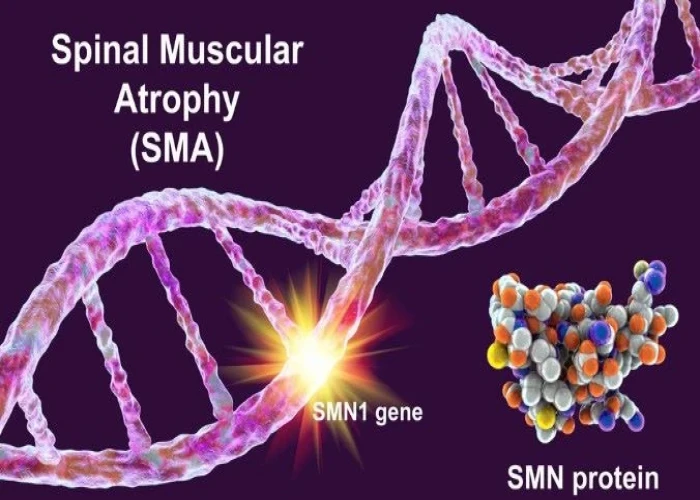
Multiple system atrophy (MSA)
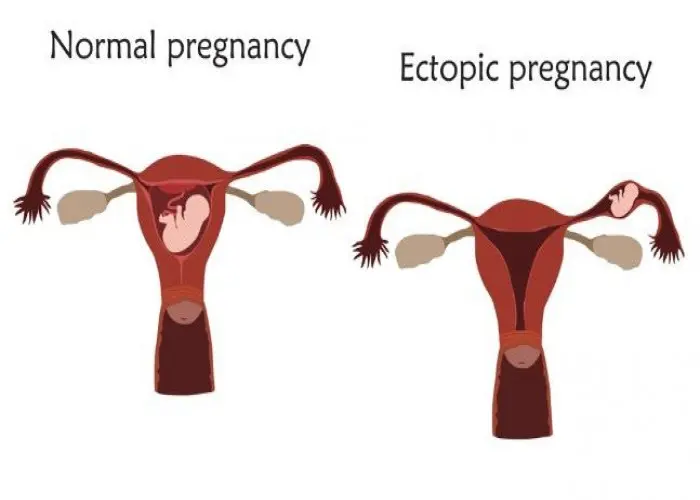
Ectopic pregnancy
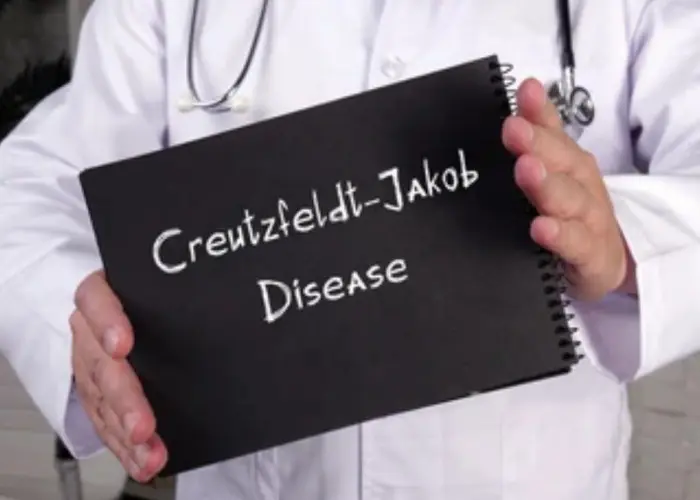
Creutzfeldt-Jakob disease

Tachycardia
popliteal artery aneurysm, পপলাইটাল ধমনী অ্যানিউরিজম
To be happy, beautiful, healthy, wealthy, hale and long-lived stay with DM3S.
